Seonbiok (선비옥)
6.8Km 2021-03-19
32, Jong-ro 17-gil, Jongno-gu, Seoul
+82-2-764-2214
This is a Korean cuisine located in Jongno, Seoul. A restaurant located near Tapgol Park. The best menu at this restaurant is grilled spareribs.
Olive Young - Seokchon Station Branch [Tax Refund Shop] (올리브영 석촌역)
6.8Km 2024-04-18
387, Baekjegobun-ro, Songpa-gu, Seoul
-
Meongseokjip (멍석집)
6.8Km 2021-03-29
7, Donhwamun-ro 11da-gil, Jongno-gu, Seoul
+82-2-766-4620
This restaurant is frequently used as a place for group dinners by office workers. This restaurant's signature menu is grilled pork belly. This Korean dishes restaurant is located in Jongno-gu, Seoul.
E-Mart - Yangjae Branch [Tax Refund Shop] (이마트 양재)
6.8Km 2024-04-22
16, Maeheon-ro, Seocho-gu, Seoul
-
Kumkang Land Rover - Jongno Branch [Tax Refund Shop] (CL종로지점(금강 랜드로바))
6.8Km 2024-06-27
81, Jongro, Jongno-gu, Seoul
-
Chanyangjip (찬양집)
6.8Km 2021-03-29
5, Donhwamun-ro 11da-gil, Jongno-gu, Seoul
+82-2-743-1384
A popular attraction since the early 1970’s, this rather shabby and hard-to-spot restaurant has attracted many customers with its representative menu item, haemul kalguksu (seafood noodle soup). The soup is delicious and plenty enough for a hearty meal compared to its relatively low price. The noodles are chewy as they are freshly prepared every day and the clam-broth soup is full of flavor. The appearnce of this restaurant may seem old, but it's a recommended spot for a simple and delicious meal.
Hwangudan Altar (환구단)
6.8Km 2020-05-07
112, Sogong-ro, Jung-gu, Seoul
+82-2-3396-5842
Hwangudan Altar, also called Hwandan Altar, refers to an altar complex for the rite of heaven. The rites were first performed in the Goryeo dynasty by King Seongjong in the first month of 983 (2nd year of his reign), but was repeatedly adopted and abolished, and eventually stopped at the start of the Joseon dynasty.
Then in 1456 (2nd year of King Sejo), the practice was temporarily standardized and the rites were performed at Hwangudan Altar again in 1457. However, rites were again abolished in 1464 (10th year of King Sejo). It wasn’t until 1897 (34th year of King Gojong) when the Joseon dynasty was renamed as the Korean Empire and King Gojong ascended to emperor, that the rite was revived.
Now, Hwangungu Shrine and three stone drums stand at the location of the former altar complex. The three stone drums symbolize the instruments used for the rites. The shrine was completed in 1899, two years after the altar was started in 1897. Today, the Hwangungu Shrine still stands within the hotel grounds of the Westin Chosun Hotel.
Sookmyung Women's University Chung Young Yang Embroidery Museum (숙명여자대학교 정영양자수박물관 (서울))
6.8Km 2019-11-15
100, Cheongpa-ro 47-gil, Yongsan-gu, Seoul
+82-2-710-9134
Chung Young Yang Embroidery Museum was founded in May 2004 to enhance public awareness and appreciation of embroidery art with ample facilities including exhibition hall, library, conservation center, learning center, embroidery study room, education and research rooms. The museum emphasizes on the variety of textiles and embroidery and also features collections from various Northeast Asian countries. The Chung Young Yang Embroidery Museum stresses the importance of embroidery as an evolving form of art through changes in technology, social and cultural environment. In addition, the learning center also aims to become a learning center for scholarship in embroidery and other textile arts that can be appreciated by a wide audience.
Olive Young - Gwangnaru Station Branch [Tax Refund Shop] (올리브영 광나루역)
6.8Km 2024-04-18
1F, 607, Achasan-ro, Gwangjin-gu, Seoul
-
Hyundai Kalguksu (현대칼국수)
6.8Km 2020-06-16
76, Sejong-daero, Jung-gu, Seoul
+82-2-752-9504
Hyundai Kalguksu is a kalguksu (handmade knife-cut noodles) restaurant that has been in the family for two generations (1982). The restaurant is extremely popular among people working at nearby businesses, thanks to the rich flavor of the broth. Anchovies, dried pollack heads, and kelp are simmered for many hours, and then, other ingredients are added: soft noodles and various vegetables including pumpkin, onion, and green onions. The restaurant is famous for the exquisite taste of its kalguksu, as well as for its large servings. Just one bowl is enough to satisfy a starving man, but if you are still hungry, don’t hesitate to ask for more rice or noodles for free. Another unforgettable specialty here is kimchi. You will also be able to enjoy geotjeori (freshly made kimchi) and kkakdugi (sliced white-radish kimchi), which is fermented for about three days.
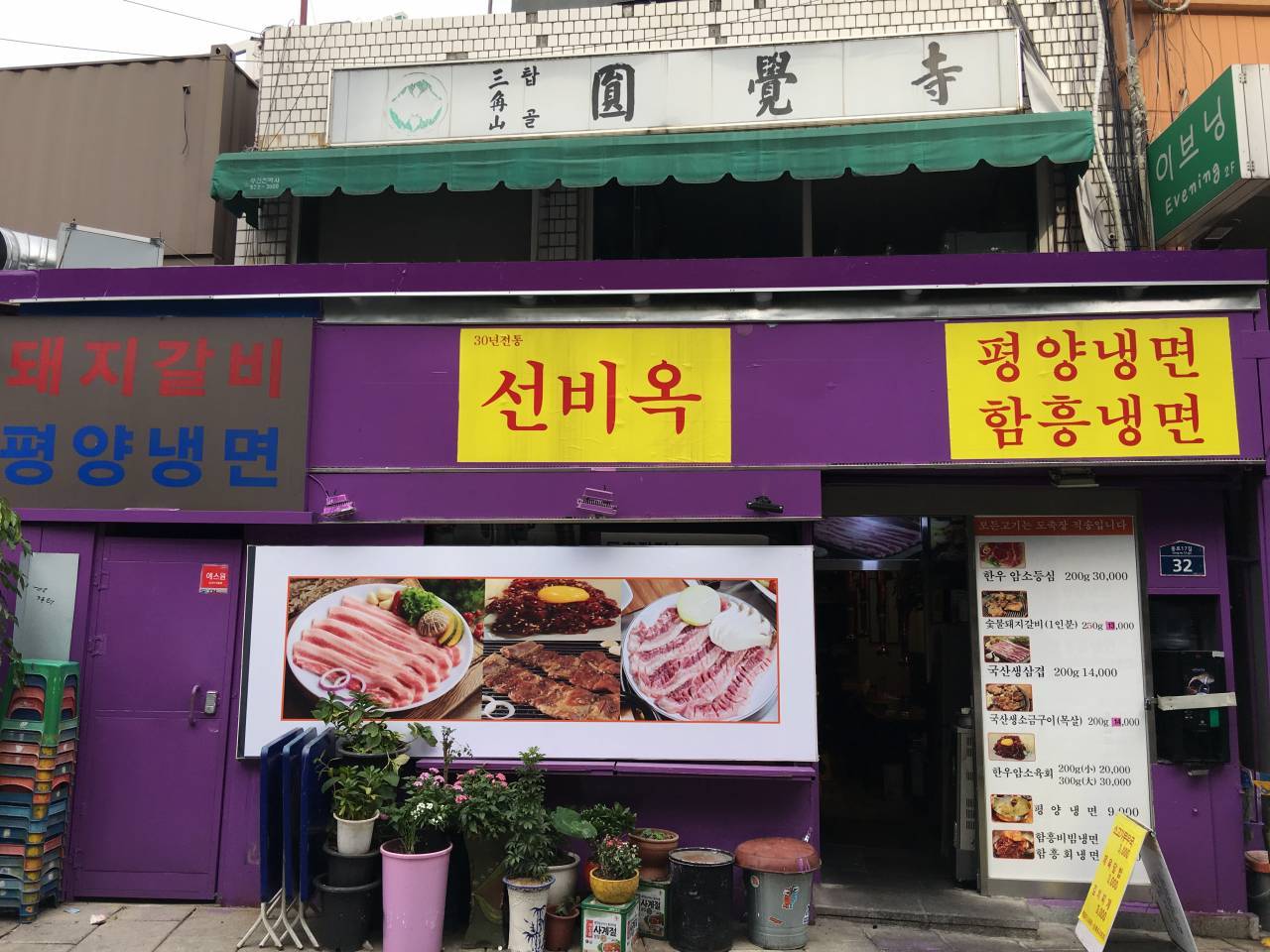
![Olive Young - Seokchon Station Branch [Tax Refund Shop] (올리브영 석촌역)](http://tong.visitkorea.or.kr/cms/resource/26/2879326_image2_1.jpg)
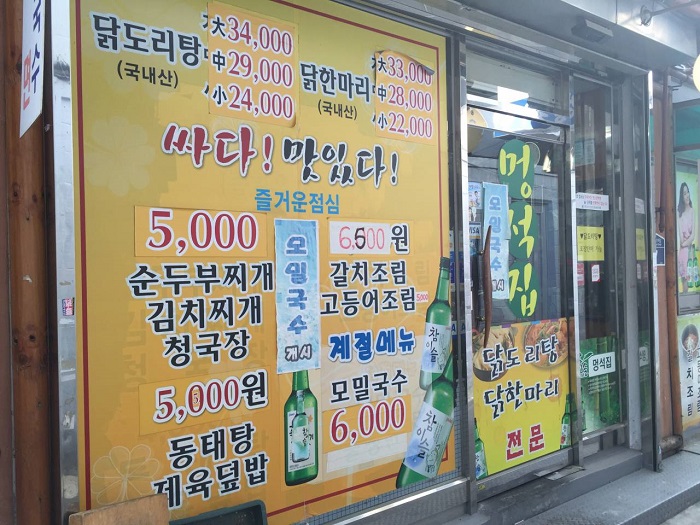
![E-Mart - Yangjae Branch [Tax Refund Shop] (이마트 양재)](http://tong.visitkorea.or.kr/cms/resource/89/2889589_image2_1.jpg)
![Kumkang Land Rover - Jongno Branch [Tax Refund Shop] (CL종로지점(금강 랜드로바))](http://tong.visitkorea.or.kr/cms/resource/95/3313995_image2_1.jpg)

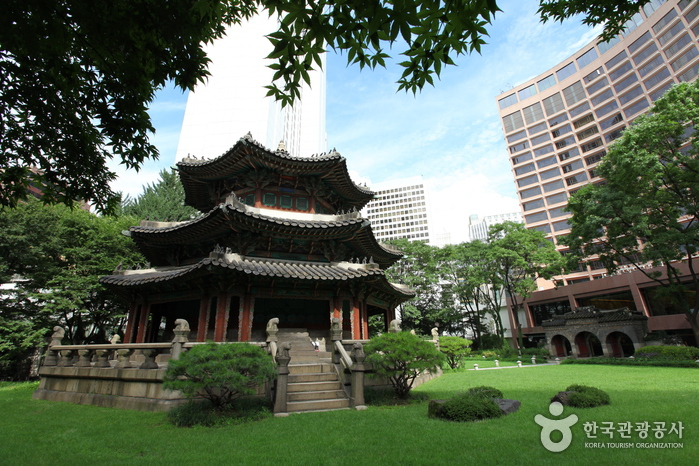
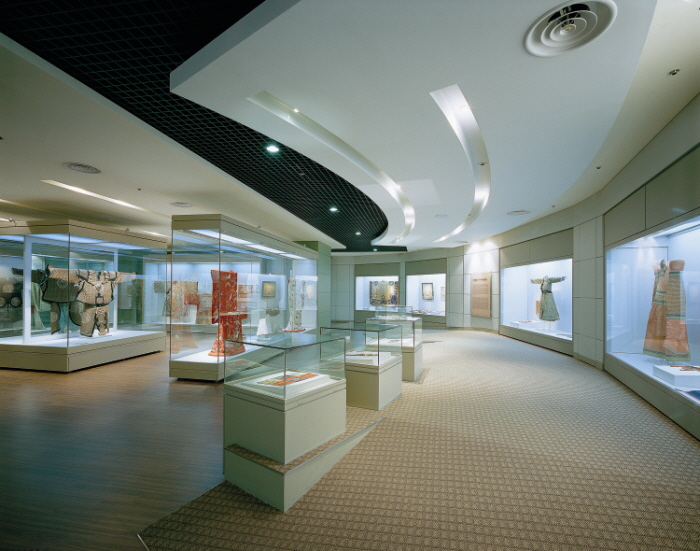
![Olive Young - Gwangnaru Station Branch [Tax Refund Shop] (올리브영 광나루역)](http://tong.visitkorea.or.kr/cms/resource/92/2878792_image2_1.jpg)
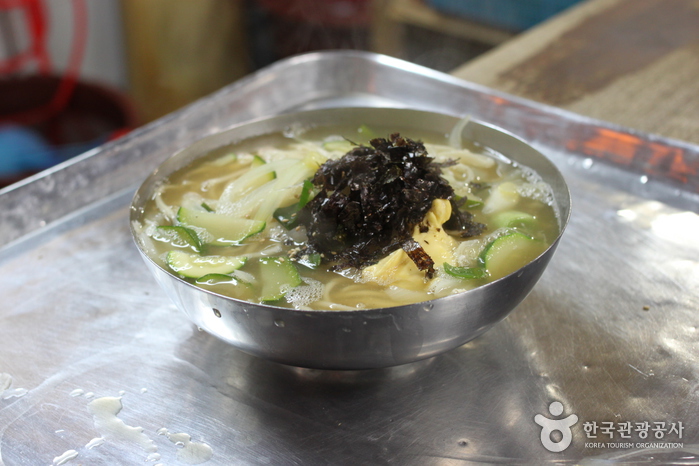
 English
English
 한국어
한국어 日本語
日本語 中文(简体)
中文(简体) Deutsch
Deutsch Français
Français Español
Español Русский
Русский